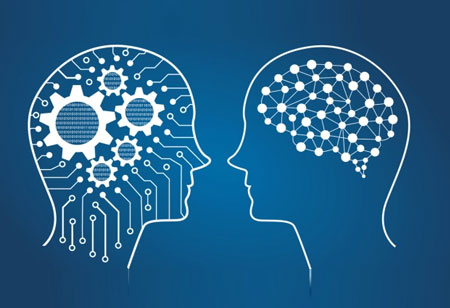THANK YOU FOR SUBSCRIBING
Artificial Intelligence for Better Decision Making
AI has allowed business leaders to make informed business decisions

By
Apac CIOOutlook | Thursday, January 01, 1970
Stay ahead of the industry with exclusive feature stories on the top companies, expert insights and the latest news delivered straight to your inbox. Subscribe today.
Artificial intelligence (AI) has transformed drastically and will further fortify and extend virtually every technology-enabled service or application. AI has allowed business leaders to make informed business decisions. As the data is growing drastically in every organization, it has become imperative to analyze and reap a meaningful insight. Fortunately, it’s becoming simpler to make it useful and actionable.
Rather than manually mapping the data, software analytics for applications—is available to automatically discover devices and locations, such as lines and even entire manufacturing plants. The raw data alone will not help business leaders transform their organization. Advanced analytics and AI are proven to provide the insights for data-driven decisions that help in driving the business forward.
System- and human-input components of AI analytics can help to determine how much the system does automatically vs. how much user input is needed to make decisions, and then the software can take actions to impact the process. As is often the case, data is reviewed to determine what happened and why it happened. This is called descriptive and diagnostic analysis, but the user must do much of the analysis.
As organizations are adding more and more AI analytics, the system becomes more predictive and prescriptive and helps in the decision making. The AI begins anticipating future activities and prescribes actions to be done beforehand with much less input from the user. At this point, the analytics is approaching closed-loop control.





